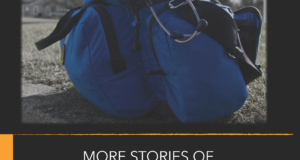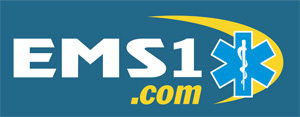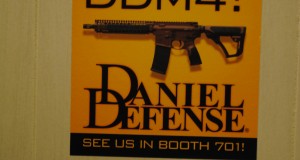… is a fayul-yuh tew com-yoon-ee-cate.
Barriers to communication are not uncommon in EMS. Whether it be disparities in education, or difference in culture, or good old-fashioned language barriers, quite often the caregiver and the patient are speaking two different languages, literally and figuratively.
Over the years, I’ve learned how to overcome most obstacles to communicate. My mother-in-law was an advanced ASL instructor, and I learned some rudimentary sign language from her and the ex-wife.
I speak fluent Drunkese, and I’m conversant in Benzo and Narco dialects.
I speak jive better than Barbara Billingsley did in Airplane!
Heck, the main reason I still carry an EMS pocket guide is because its rudimentary medical Spanish phrasebook keeps me from saying things like, “Hola, Senor. Does my chest hurt when you breathe?”
Plus, I’ve faithfully watched every Cheech and Chong movie ever made, so my pronunciations are quite as gringo as you might expect from someone like myself, who resides way down there at the honky end of the ethnic spectrum.
But my greatest challenges always seem to occur with my fellow English-speakers. Ever try to understand a denture-wearer who was speaking without their upper plate, for example?
Or speak to a bipolar patient deep in their manic phase? They make auctioneers sound like Forrest Gump.
Or someone with a thick Cajun accent?
Or try to get a patient tweaking on methamphetamine and coke to slow down and focus long enough to tell you why they called 911?
Now imagine talking to a manic, coke-fueled Cajun missing his upper plate. That’s the guy I had tonight.
I’m reasonably sure he was speaking English, but without playback at 33 1/3 rpm, I can’t be sure.
 Ambulance Driver Files A Day in the Life | Kelly Grayson
Ambulance Driver Files A Day in the Life | Kelly Grayson


